7. Conduct a Home Soil pH Check
DIY Soil pH Testing: The Pantry pH TestSupplies Needed: A bowl
Water
Vinegar
Baking soda
Two tablespoons of soil
Cost to Make: $5* While commercial soil pH testers can range from $7 to $12 at retailers like Amazon and Walmart, you can easily test the pH of your soil at home using the "Pantry pH Test." This simple method requires just a few common household items. To perform the test, follow these steps: Gather Your Supplies: You will need a bowl, half a cup of vinegar, and two tablespoons of the soil you wish to test.
Mix the Soil and Vinegar: Place the two tablespoons of soil into the bowl and add the vinegar.
Observe the Reaction: If the soil fizzes or bubbles when it comes into contact with the vinegar, this indicates that you have alkaline soil.
Conclusion
Using the Pantry pH Test is a cost-effective and straightforward way to assess the pH of your soil without the need for specialized equipment. By understanding your soil's pH, you can make informed decisions about how to amend it for optimal plant growth. This DIY method not only saves you money but also empowers you to take control of your gardening success.
 Assess the pH of Your Soil at Home
If your soil doesn't fizz when mixed with vinegar, it's time for another test to determine its acidity. For this step, you will need distilled water and a half-cup of baking soda.
Steps to Test Soil pH:
Assess the pH of Your Soil at Home
If your soil doesn't fizz when mixed with vinegar, it's time for another test to determine its acidity. For this step, you will need distilled water and a half-cup of baking soda.
Steps to Test Soil pH:Gather Your Supplies: You'll need two tablespoons of distilled water and half a cup of baking soda.
Wet the Soil: Use two fresh tablespoons of distilled water to moisten the soil in your bowl.
Add Baking Soda: After wetting the soil, add the half-cup of baking soda to the mixture.
Observe the Reaction: If the mixture fizzes or bubbles, this indicates that your soil is acidic.
Conclusion
By following this simple method, you can effectively assess the pH of your soil at home. Understanding whether your soil is alkaline or acidic helps you make informed decisions about necessary amendments for optimal plant health. This DIY approach not only saves you money but also enhances your gardening knowledge and practices.
Recommended Reading: 24 Amazing Animals Right Before They Give Birth
You are viewing page 7 of this article. Please continue to page 8

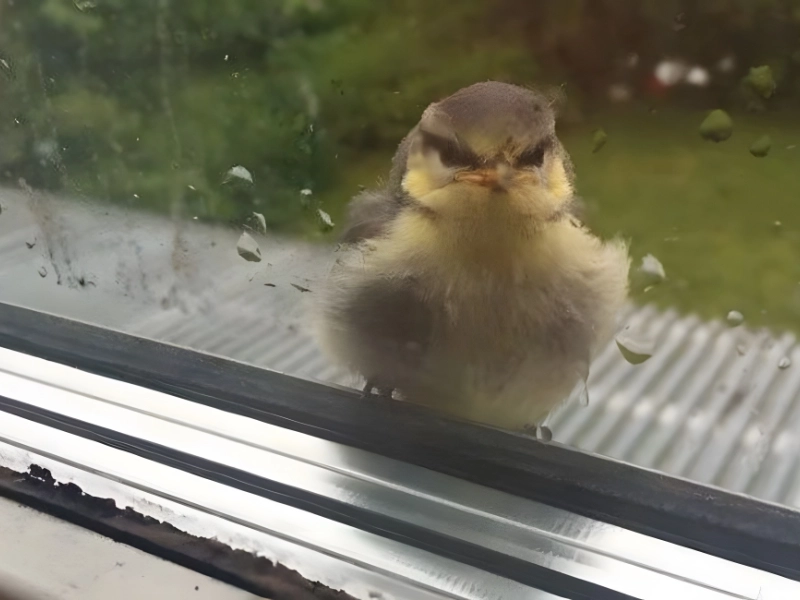
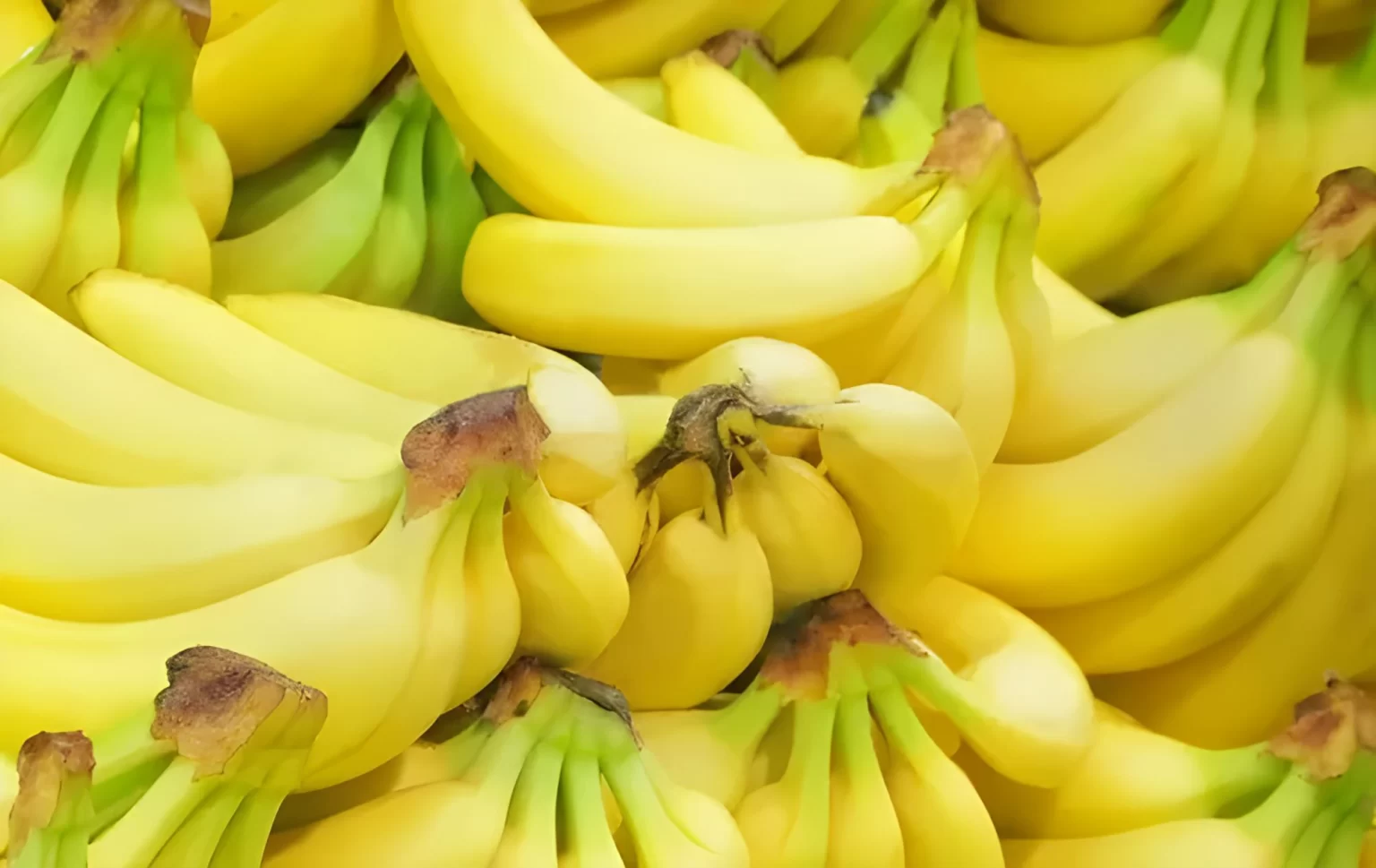



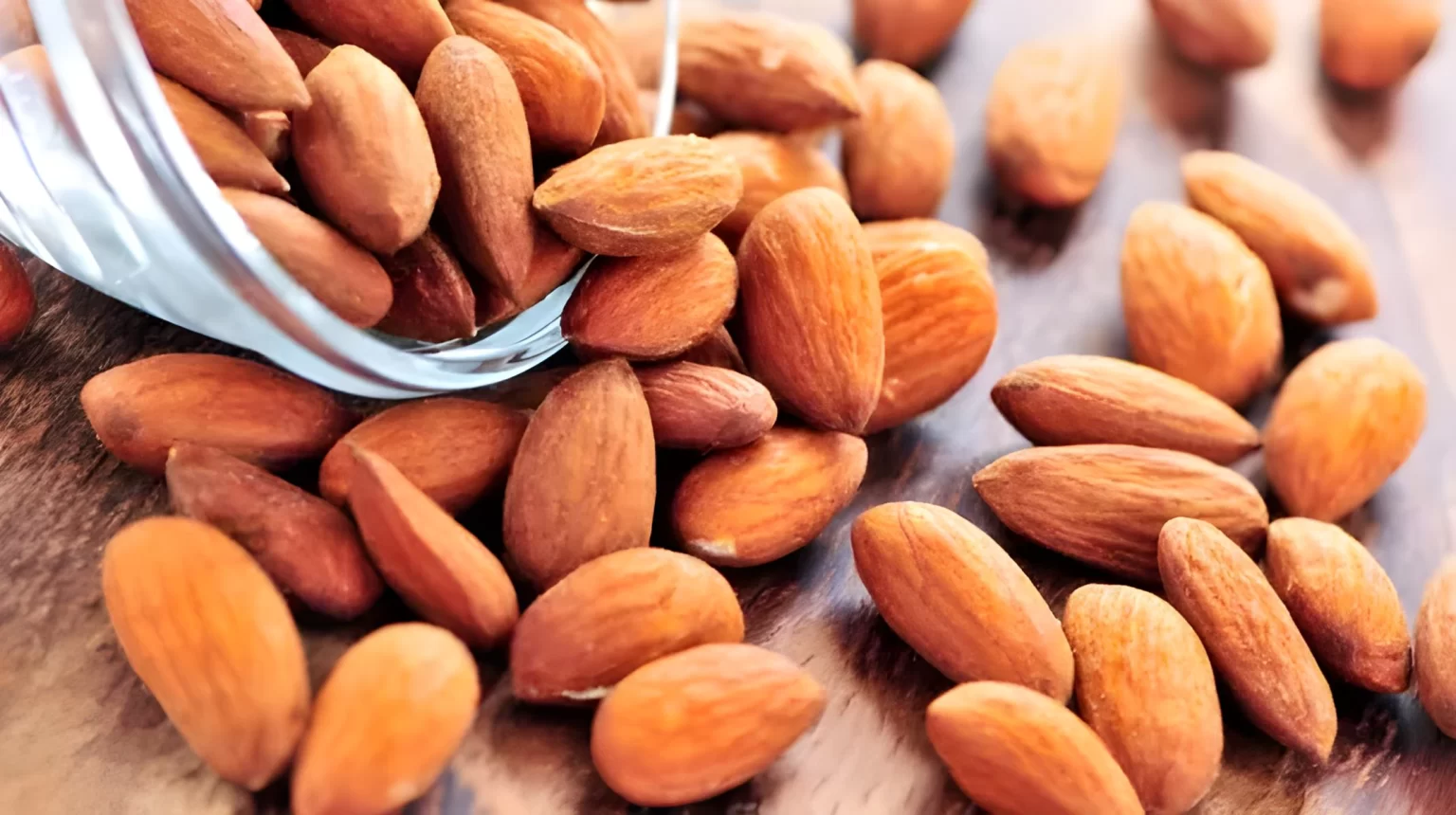



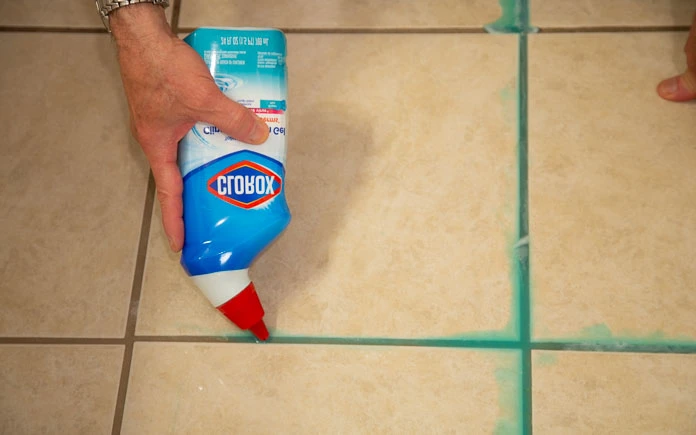
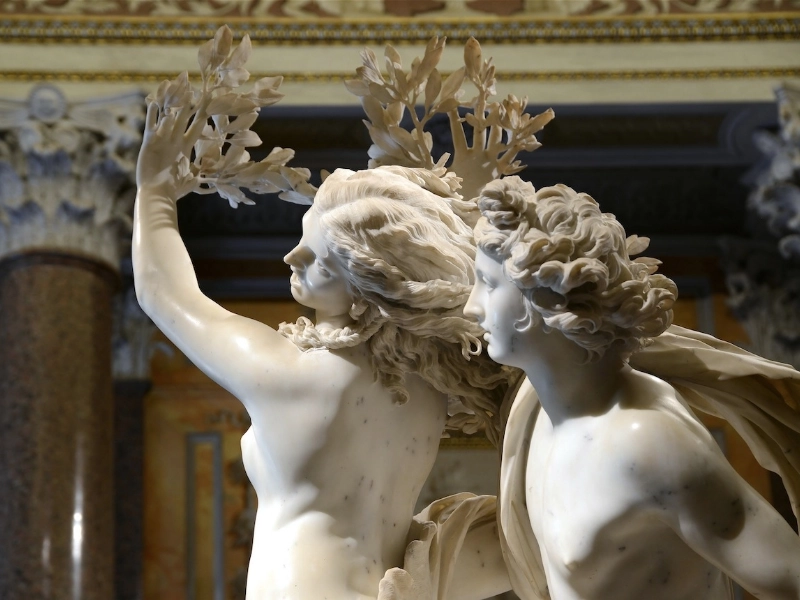


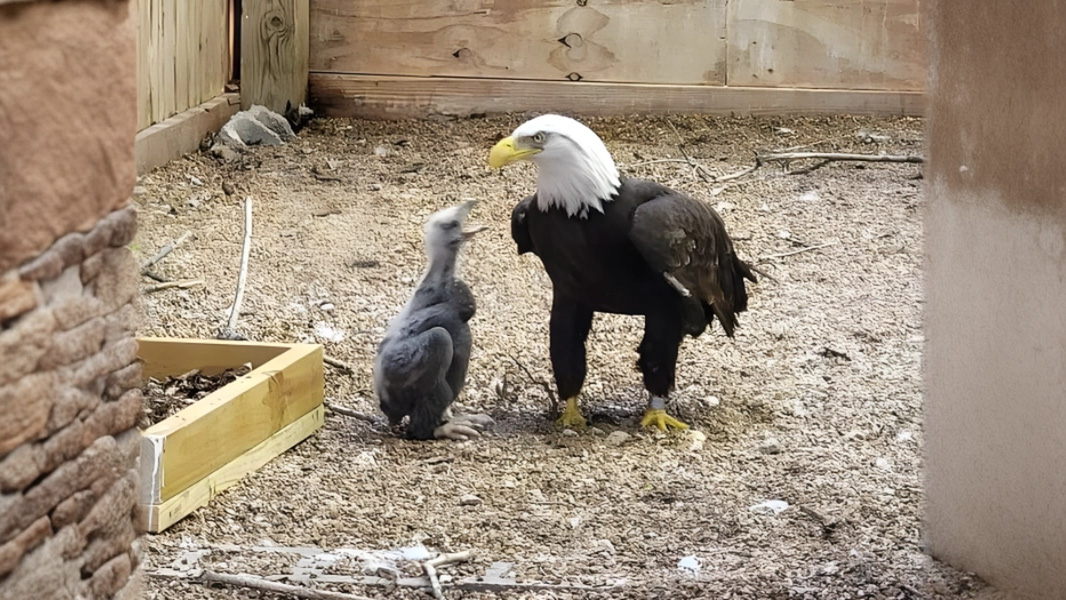

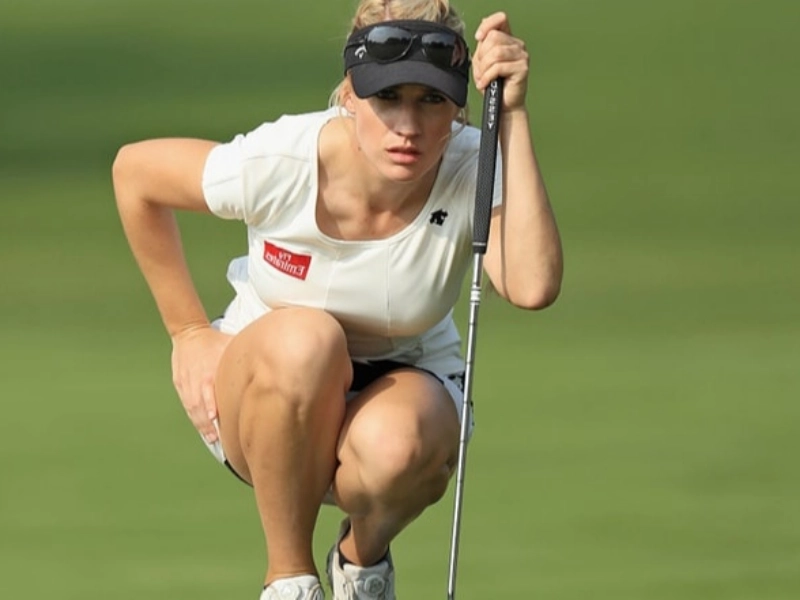
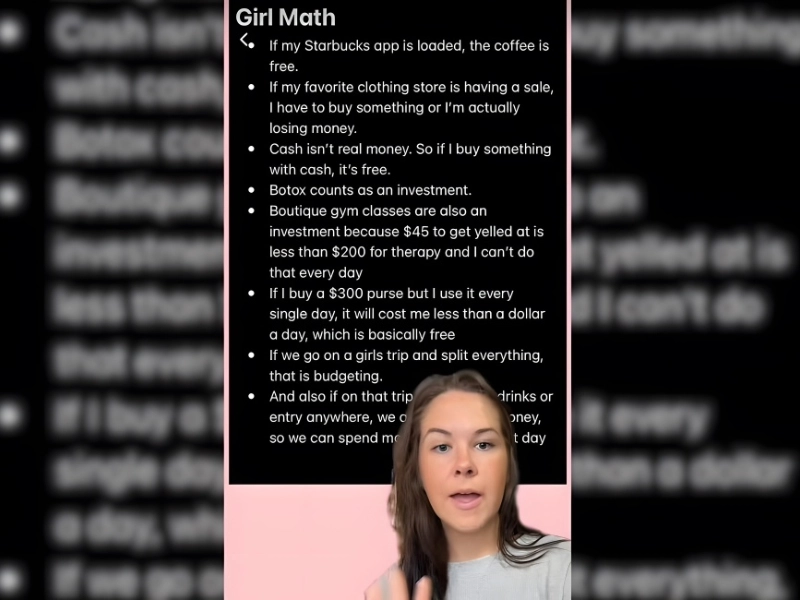






This refracts the issue productively.
Zero wasted ornament.